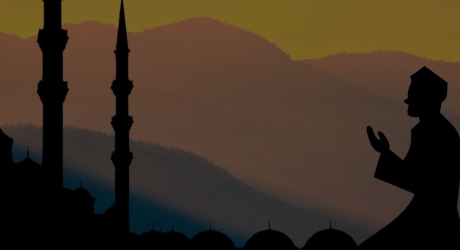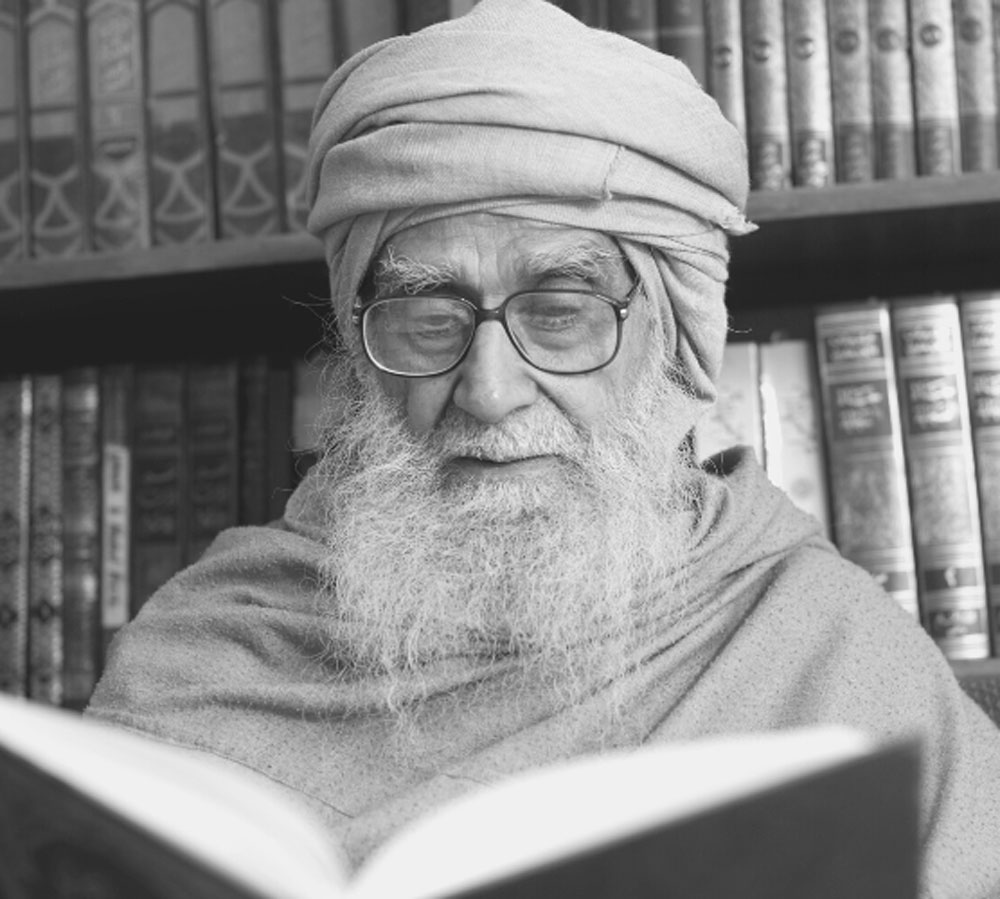Human minds fall into two categories: Traditional or taqlidi (imitative of past precedent) and Creative or ijtihadi (creative reinterpretation). The former denotes a closed mind; the latter: its opposite, an open mind. The traditional mind attains a certain level and then stagnates, while the creative mind keeps travelling ahead, stopping only at death.
The traditional mind attains a certain level and then stagnates, while the creative mind keeps travelling ahead, stopping only at death.
The difference between traditional and creative mind-sets can be illustrated with the help of an example. Shakespeare was a famous English writer, and so was George Bernard Shaw, who was born some two hundred and fifty years after the former's death. Shaw's contribution to English literature was less than that of Shakespeare, and he himself admitted this when he said, 'I am smaller in stature than Shakespeare, but I stand upon his shoulders'. This is an example of a creative way of thinking, and a society characterised by such people constantly progresses in terms of creative thinking. Each new generation in such a society builds on the contributions of its predecessors, adds to them and then transmits its legacy to the generations that come after it.
But contemporary Muslim societies present a completely different picture. In modern times, their intellectual development has almost come to a standstill. This is because they have developed a traditional, as opposed to a creative way of thinking, and consider ijtihad—creative reinterpretation of religious concepts or the exercise of judgement with reasoning on such issues—to be almost a sin. Many Muslims mistakenly believe that in terms of scholarly study, the ulema of the past have already accomplished all that was possible to do, and that today our task is simply to study their books and strictly follow them.
This approach is a major hurdle in the path of our intellectual progress. In this regard, Muslims can adopt one of two positions: to recognise, as Shaw did with regard to Shakespeare, that their stature might be less than that of the ulema of the past, but that, despite this, they are standing on the latter's shoulders; or to believe that because their stature is less than that of the ulema of the past, they must remain forever at the latter's feet.
The first of these two approaches represents a creative way of thinking, one conducive to constant intellectual development. In a society characterised by such an approach, each new generation fully respects those that went before it and, building, on the contributions of its predecessors, makes even more progress.
In a creative society, each new generation builds on the contributions of its predecessors, adds to them and then transmits its legacy to the generations that come after it.
In contrast, the second approach represents a traditional way of thinking, which stagnates Muslim thought, preventing it from moving in the direction of the constantly progressive stages of the higher level of thinking that Islam stands for. It also causes Muslims to fall behind other communities in the intellectual field, killing their intellectual faculties. This matter can be further elaborated with the help of some Hadith of the Prophet.
Respect for Humanity
Several narrators of Hadith have recorded that once, in Medina, when a procession carrying a dead body for burial passed by the Prophet, he stood up in deference on seeing it. When his companions who were with him pointed out to him that the deceased was a Jew, the Prophet simply remarked: “Was he not a human being?”
This incident is included in the Hadith collection of Imam Bukhari, who made an immense contribution to Hadith studies by collecting over 7000 reports that he considered authentic from several hundred thousand reports that had been attributed to the Prophet. He mentioned this Hadith in the chapter on burial in his Sahih Bukhari. Now, if we were to adopt a traditional approach and consider this Hadith as simply relating to burial, and nothing more, we will not be able to learn anything new from it and would simply go on parroting what the earlier commentators on Hadith have said about it.
While we must respect the intellectual contributions of the earlier exegetes of Hadith, we cannot accept all that they have written as gospel truth. Many ulema of the past have commented on this Hadith, offering various theories for the Prophet's action, with some claiming that this practice [of standing up when the funeral procession of a non-Muslim passed by] was later abrogated, or that the Prophet did so because he did not want the body of a Jew to be at a level higher than that of his head, and so on. Now, all these explanations are based on personal speculation and lack adequate proof. This Hadith very clearly indicates that the Prophet stood up out of respect for the dead man [and not for any of the reasons that these Hadith commentators had suggested].
In other words, this Hadith is not simply about burial, as those with a traditional mindset would imagine. Rather, it is a fine example of having respect for humankind, irrespective of religion, as those with a creative mind-set would be able to perceive. It could be offered as a counter to those who claim that while Islam preaches respect for fellow Muslims, it does not do so with regard to people of other faiths. This Hadith, if approached in a creative manner, can be presented as evidence of the Islamic principle that all human beings are worthy of respect, no matter their religion or community.







